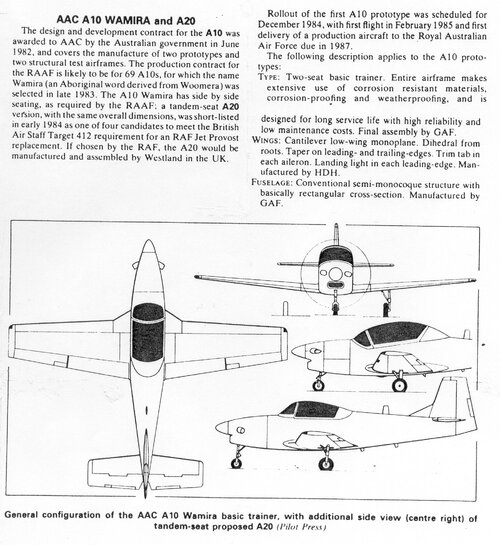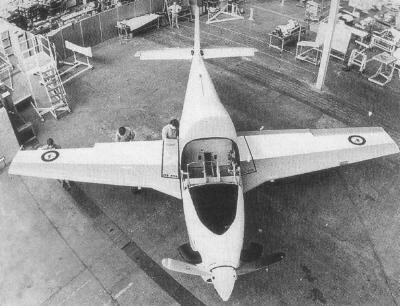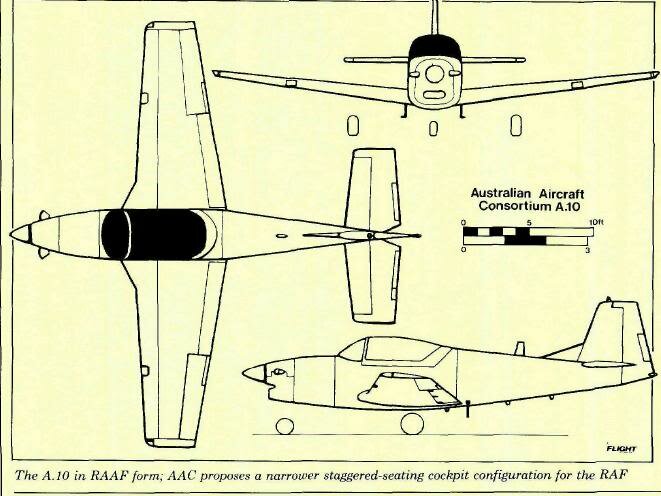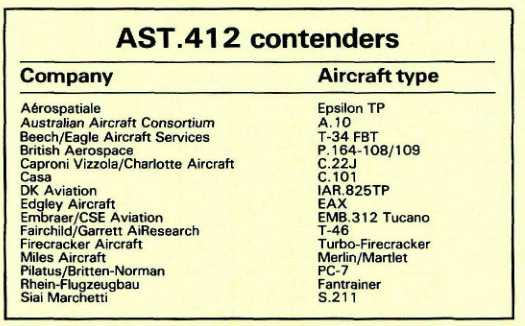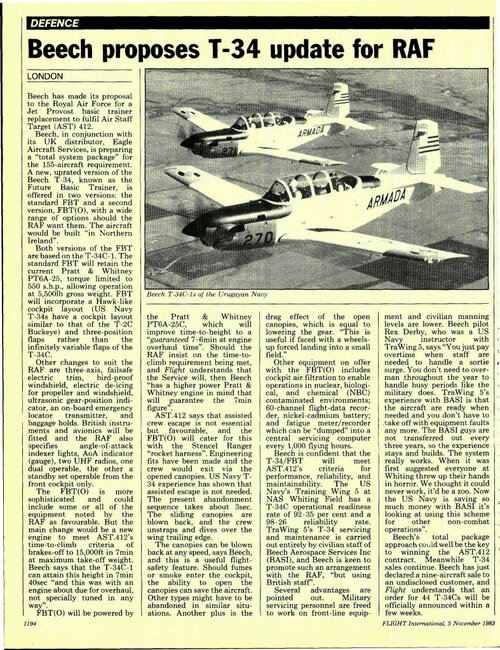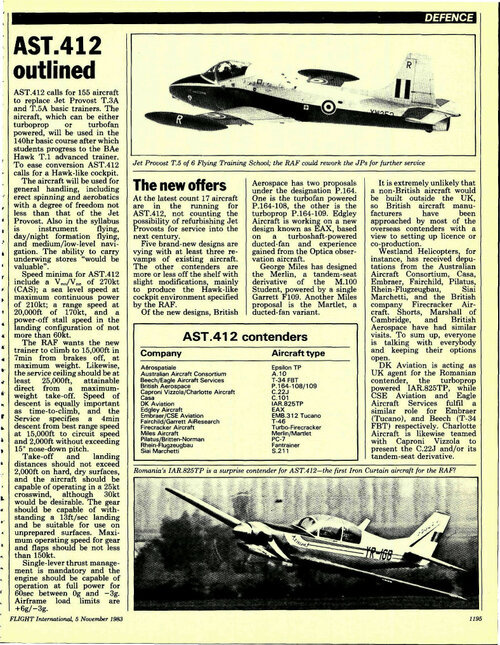- Joined
- 27 September 2006
- Messages
- 5,744
- Reaction score
- 5,643
This thread shows what might have replaced the Jet Provost in RAF service instead of the Tucano.
It seems that the Tucano was a wiser choice on economic and ergonomic grounds (cockpit closer to Tornado).
But a small jet would have gone well with Hawk in BAe's line up. Trainers don't feature much here.
It seems that the Tucano was a wiser choice on economic and ergonomic grounds (cockpit closer to Tornado).
But a small jet would have gone well with Hawk in BAe's line up. Trainers don't feature much here.

